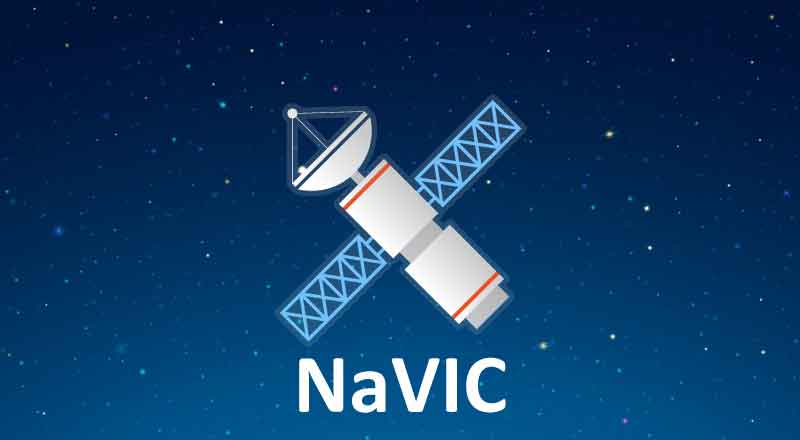The Indian Space Research Organisation (ISRO) has consistently placed India at the forefront of space technology with a series of remarkable missions, including the Chandrayaan and Mars Orbiter projects. Now, ISRO is advancing another key initiative—India’s very own navigation system, NaVIC (Navigation with Indian Constellation), which aims to provide accurate, reliable, and civilian-friendly positioning data across the country. Once completed, this initiative will be a major step toward self-reliance in satellite navigation, moving away from dependence on global systems like GPS.
ISRO’s NaVIC Satellites for Public Navigation
Currently, NaVIC is available only for strategic use in sectors like defense and disaster management. However, the latest announcements indicate ISRO’s plan to make NaVIC accessible to civilians, meeting the need for a homegrown navigation solution. To accomplish this, ISRO will deploy a new fleet of seven NaVIC satellites equipped with the L1 frequency band. This upgrade will enable NaVIC’s integration with smartphones, provided they have a compatible chipset, thereby extending NaVIC’s services to millions of civilian users in India.
Pawan Goenka, chairman of INSPACe (Indian National Space Promotion and Authorization Center), highlighted this development at a recent media briefing, explaining that one of these seven new satellites has already been launched. Unlike earlier NaVIC satellites, which used L5 and S frequency bands, the L1 band is more compatible with the chipsets of commercial mobile devices, enabling broader accessibility for Indian citizens.
Expanding India’s Space Capabilities
In addition to advancing NaVIC, ISRO is rapidly increasing its satellite launch capabilities to meet growing demand. By 2025, ISRO plans to launch around 12 satellites annually, including six launches through the advanced GSLV (Geosynchronous Satellite Launch Vehicle). This ambitious agenda will cater not only to India’s strategic needs but also to the commercial space market, especially in small satellite launches. ISRO has developed the SSLV (Small Satellite Launch Vehicle) specifically to serve this $5.2 billion global market, and the technology is slated to be transferred to private players within two years.
Towards a Space Law for India
Further strengthening India’s space sector, INSPACe is advocating for a dedicated space law. Goenka noted that the draft space law is already under review and will soon undergo consultations before it is tabled for cabinet approval. This legislation aims to provide a structured framework for space activities, protecting public and private sector interests, and ensuring that India’s expanding space operations comply with international standards.
ISRO’s NaVIC initiative reflects India’s commitment to self-reliance in critical technologies. By 2025, millions of Indian citizens could benefit from NaVIC’s positioning accuracy, which surpasses 10 meters within India and 20 meters within a 1,500-km radius around the country. These advancements are set to enhance India’s presence in the global space market, and the planned space law will strengthen the legal foundation necessary for sustainable growth. As ISRO continues to scale new heights, India’s journey into space is poised to make a lasting impact on both national and global fronts.
(With inputs from agencies)





